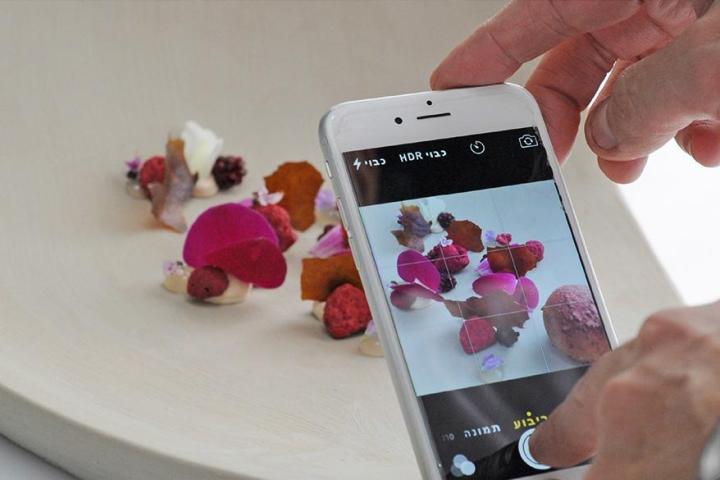
The new food-detecting feature appears aimed at streamlining the uploading pics to Google+ — users who snap pictures of dishes are prompted to upload and tag them by location. The conceit, it seems, is to fill gaps in Google’s database of restaurants and bars with high-quality photos, and to wit the company has restricted the new Maps feature to a trusted contingent of users. Only Local Guide members who’ve met a content quota (at least 50 high-quality reviews) and turned on geographic tracking (Location History) will see the prompt.
The play for food photos dovetails with Google’s new aggregation efforts. Local Guides, the search giant’s take on “Yelp’s Elites,” offers members rewards like exclusive communities, events, and online moderation privileges in exchange for frequent, high-quality reviews. Seperately, Google started showing menus and entree pricing for restaurants in search results last year.
Google’s made other recent pushes into food specifically. It announced the integration of a handful of popular food delivery and ordering apps — GrubHub, Seamless, Eat24, Delivery.com, MyPizza, and BeyondMenu — in May directly into mobile and Web search results. And in April, the company partnered with ChowNow, a startup that creates branded apps for restaurant chains, to integrate loyalty card, credit card, and rewards from Google Wallet into ChowNow’s portfolio of products.
Got a talent for snaps? Consider Google+ next time you take the belle-époque of food porn … unless you’re in Germany.
Editors' Recommendations
- A new Google Pixel Tablet is coming, but it’s not what you think
- Google Messages vs. Samsung Messages: Which app should you use?
- Google is bringing Chrome browser to cars, even more EV features to Maps
- I used to love the Google Pixel Fold. Now, I’m not so sure
- Google Maps got a major update, and people hate it


